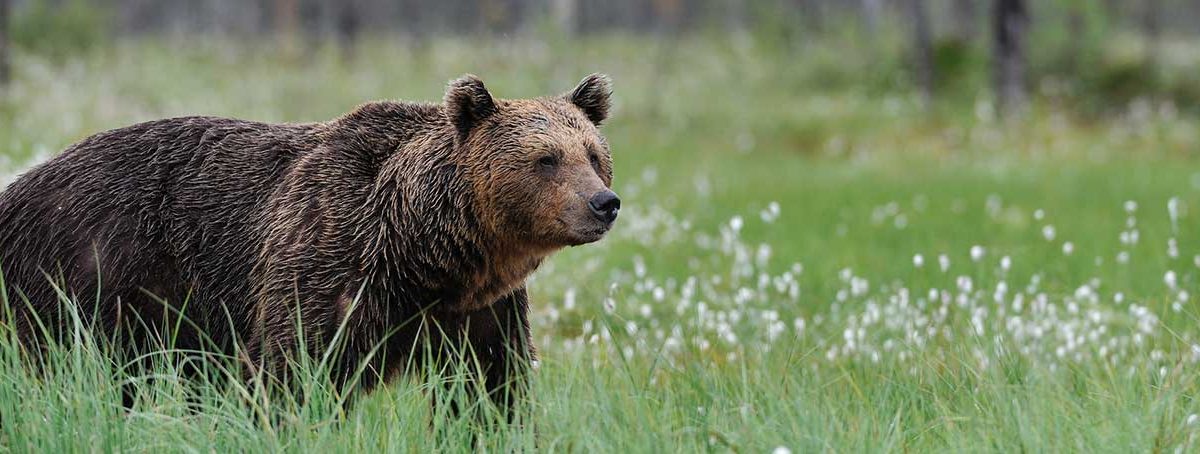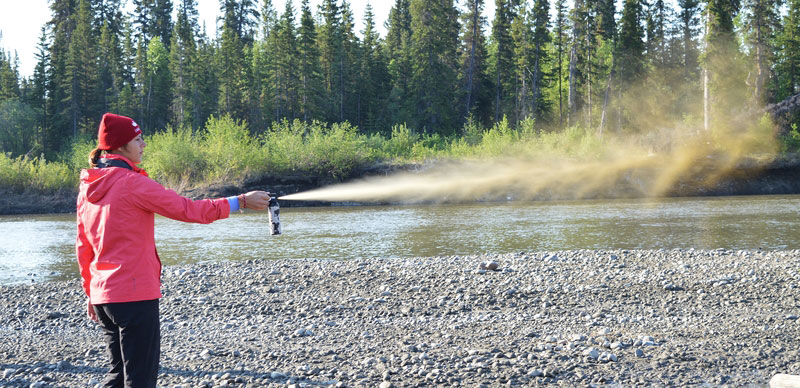
Bear Safety Tips for Workers in the Field
Bear Safety in the Field is critical even though the likelihood a worker will experience a bear attack is small, but the number of bear attacks in North America has increased over the past two decades. Endangered species laws have protected bears from poachers and unlawful hunters, resulting in the repopulation of those species. This is great news, but it also means that the number of encounters between humans and bears is growing. Although you are more likely to be injured at work from a wreck or a fall, bear attacks are a real workplace hazard in some parts of the United States.
In recent years, two types of bears that have attacked humans in the wild: brown bears (also as grizzly bears) and black bears. Bears typically only show aggression when they are defending themselves or their cubs, and destruction is usually limited to property damage. But, when a bear feels threatened or when it is around humans long enough to tolerate them, they are more likely to make contact.
Statistics on workplace bear attacks is limited, but we do know that the U.S. has about 26 reported bear injuries a year. Most incidents involved a single bear and one or two victims. Another worldwide study found that 28% of brown bear attacks were on people working outside, and an additional 22% of attacks happened while the victim was doing wildlife-related fieldwork.
Bears try to steer clear of humans, but complete avoidance may not be possible. Here are our top five bear safety tips for workers in the field.
Train Employees
If an employee works on a site where bears may be present, he or she must learn how to spot signs of their activity and know how to work safely in their presence. Bear awareness means recognizing signs like tree scratching, tracks, scat, dug-up anthills, and animal carcasses.
Because workers cannot always avoid these areas, it is critical that they learn how to repel bears and safely respond to a bear sighting. For example, if a worker sees a bear, he or she should make loud noises, stand as big and tall as possible, and back away slowly. Training must also include how to know if a bear is showing signs of aggression, how to leave the situation safely, and what to do if the bear tries to make contact.
For more information about bear encounters and how to safely withdraw from them, check out the National Park Service’s website.

Create a Plan
After training, a company must help employees create a plan for working in areas where bears are likely to be. A worker needs to be able to answer these questions:
- How can he or she keep bears away?
- Does he or she proceed if bear signs are found?
- How does he or she react after seeing a bear?
- What can he or she do if a bear makes contact?
Planning allows a worker to make smarter decisions if the worst-case scenario happens.
Fence Off Work sites
A portable electric fence prevents bears from inadvertently walking into a work site. But to be effective, the electric fence must be properly installed and maintained. The worker should be familiar with the fence material, the battery, how grounding works, and the required buffer space. Additionally, he or she must know how to properly store, transport, install, and breakdown the fence.
Keep Food and Attractants Secure
A bear’s sense of smell is seven times better than a human’s, so one of the best ways to practice bear safety in the field is to keep food, waste, and other attractants secure in bear-safe containers. If the work site is known to be a source of food, that bear and others could return to the area.
Use Bear Spray
One tool that is effective in bear safety for workers is bear spray. Bear spray is essentially a more concentrated pepper spray that diffuses in a large, cone-like shape, discouraging bears from getting any closer.
Because of its potency, it is crucial that workers know when to use bear spray, how to use it safely, and what to do after it’s deployed. Factors like wind direction can affect where the spray disperses and can actually cause harm to the sprayer if not used properly. Also, a worker must know when he or she should deploy the spray during the bear encounter.
Although the chances of being attacked by a bear are low, workers who may encounter bears on a site must be able to recognize the signs that bears are nearby, learn what to do to keep them away, and know how to get out of the situation safely.


























